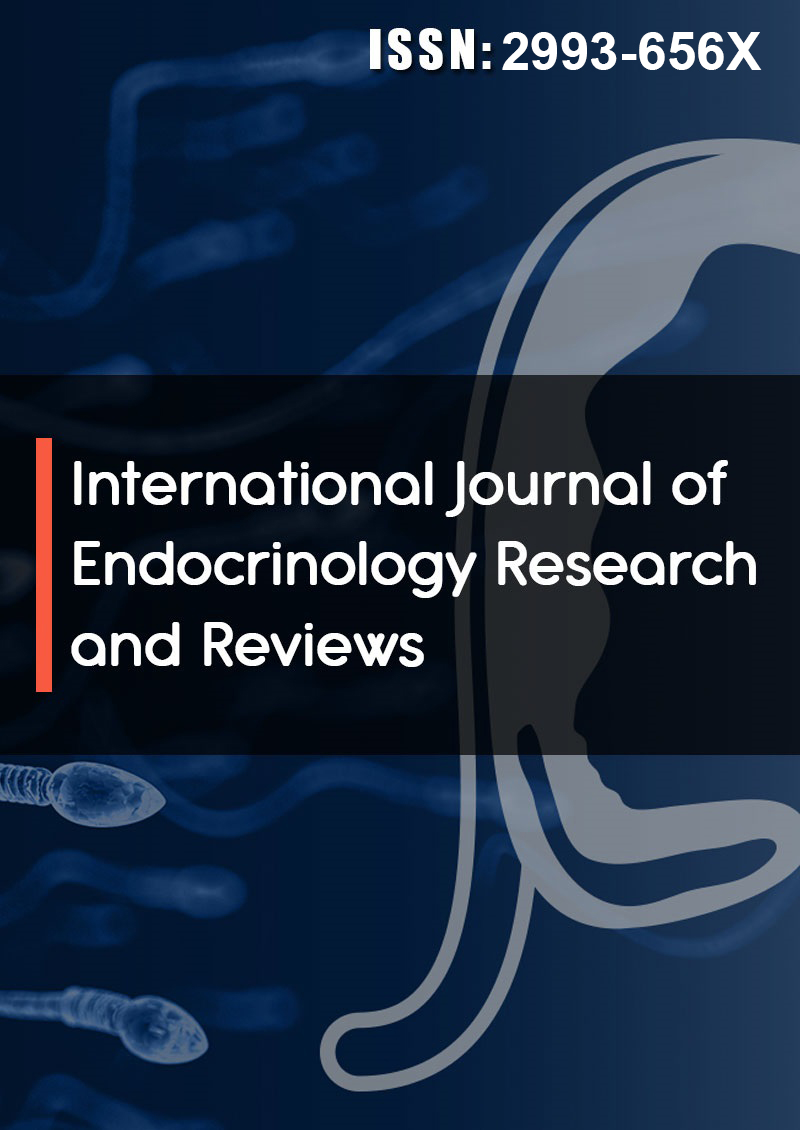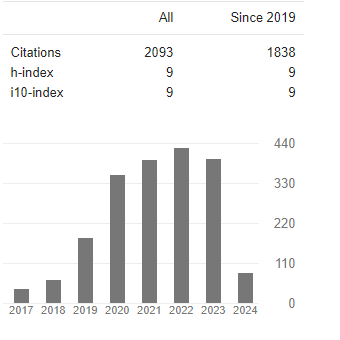Attainment of Target in Therapeutic Range of International Normalized Ratio and Correlates Among Patients on Warfarin Therapy at Jimma Medical Center, Jimma, Ethiopia
Abstract
Gashahun Mekonnen Disassa, Abdulkadir Urgessa Jada, Belete Habte Melesse1, Eyob Girma Abera, Kelil Hussein Jibicho and Kedir Negesso Tukeni
Background: Warfarin is a highly effective therapy to prevent thromboembolic complications of venous thromboembo- lism (VTE), atrial fibrillation (AF), cardiac thrombus and valvular heart disease. While its optimum effect is achieved when international normalized ratio (INR) is in the target range, Subtherapeutic level increases both the risk and com- plication of thromboembolism. This study was aimed to assess the attainment of target to therapeutic range, proportion and factor associated with subtherapeutic level of INR among patients on warfarin therapy at Jimma Medical Center.
Methodology: a hospital-based cross-sectional study was conducted at Jimma Medical Center from October 1st to De- cember 30th, 2021. All patients on warfarin therapy, visiting medical chronic follow up clinics during the study period were included. Data was collected using structured questionnaires and then entered into Epi-data version 3.1 for anal- ysis. Chi-square tests and logistic regression models were used to see relationships between variables.
Results: Among 196 patients on warfarin therapy, female accounts for 61.7%, with mean age of 43±7 years. Half of the participants didn’t attend formal education and hence can’t read and write, and most of them (61.7%), live in rural areas, of whom 44.9 % of them farm to earn a living. Most of the study participants (51.5%), were those with very low monthly income of less than 50USD. Among the study participants, a quarter of them chew Khat, a very few (4.1 %) were smokers, and even lower number (3.1 %) were alcoholic. Majority 107(54.6%) patients were advised on dietary selection while on warfarin from whom about two third 70(65.4%) were adherent to the advice. Majority 118 (60.2%) of them were poorly adherent and more than two third of them discontinued warfarin for financial reason. Warfarin ther- apy was prescribed for AF in about 116 (59.2%), while chronic pulmonary embolism and portal vein thrombosis were other documented reasons for warfarin therapy. Heart failure was the most common co-morbidity accounting more the a third 70 (35.7%), followed by tuberculosis, malignancy, anemia and epilepsy, all together accounts for 23(16.5 %) of comorbidities. The mean duration of warfarin therapy was 15.53 ±18.922 months [1 to 90 months], about two-thirds took 35-70mg of warfarin per week. The mean number of documented INR was 6.99± 4.57 [3 to 29], of which half of them had monthly determination. The majority 109(55.6%) of the respondents had subtherapeutic INR while 21(10.7) were in supratherapeutic range. While the mean TTR was 25.03±24.17 % [0 to 80%], in the majority 166(84.7%), it was below 60%. Poor adherence [AOR 6.13 (95% CI ((3.31-28.10)], shorter duration of warfarin, less than 12 months [ AOR .104(95% C.I .012-.875)] and presence of comorbidity [AOR 0.035 (95% CI (.004 -0.323)] were significantly associated with subtherapeutic INR.
Conclusion: attainment of therapeutic INR among patients on warfarin therapy is suboptimal. This was evidenced by significant number of patients with low TTR as well as INR. Poor adherence to warfarin therapy, shorter duration since initiation of warfarin and presence of co-morbid illnesses were significantly associated with subtherapeutic INR. This may lead to complications of venous thromboembolism, further leading to morbidity, increased mortality and poor quality of life. Therefore, providing health education and treatment of comorbidity may improve adherence which may also improve attainment of therapeutic INR that reduce complications and improve quality of life.




